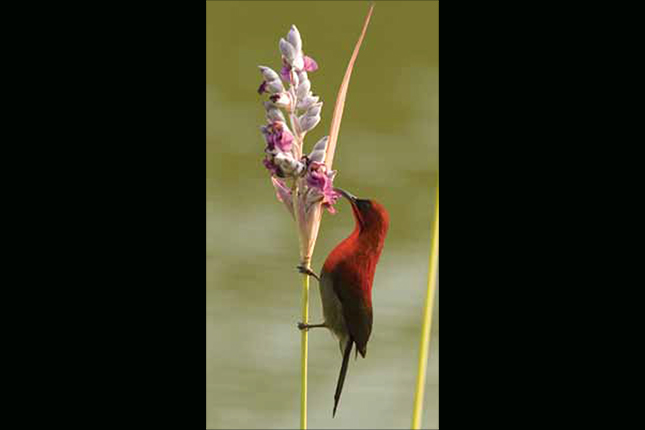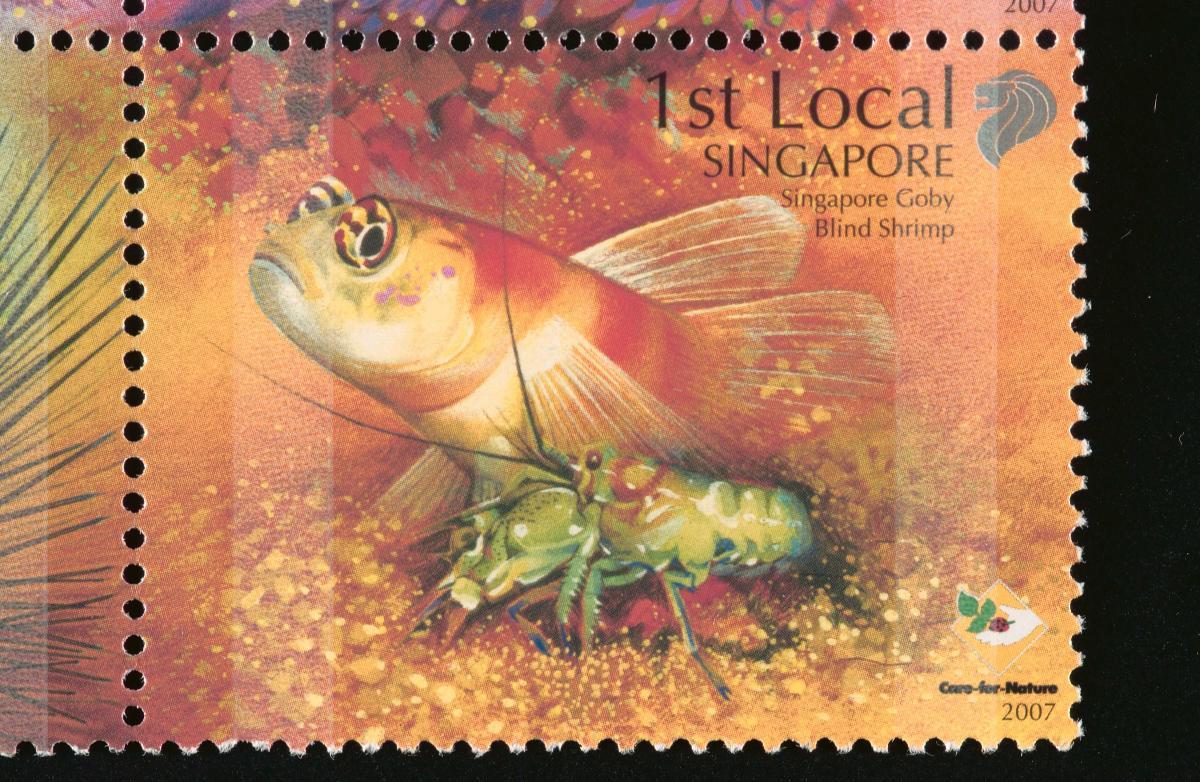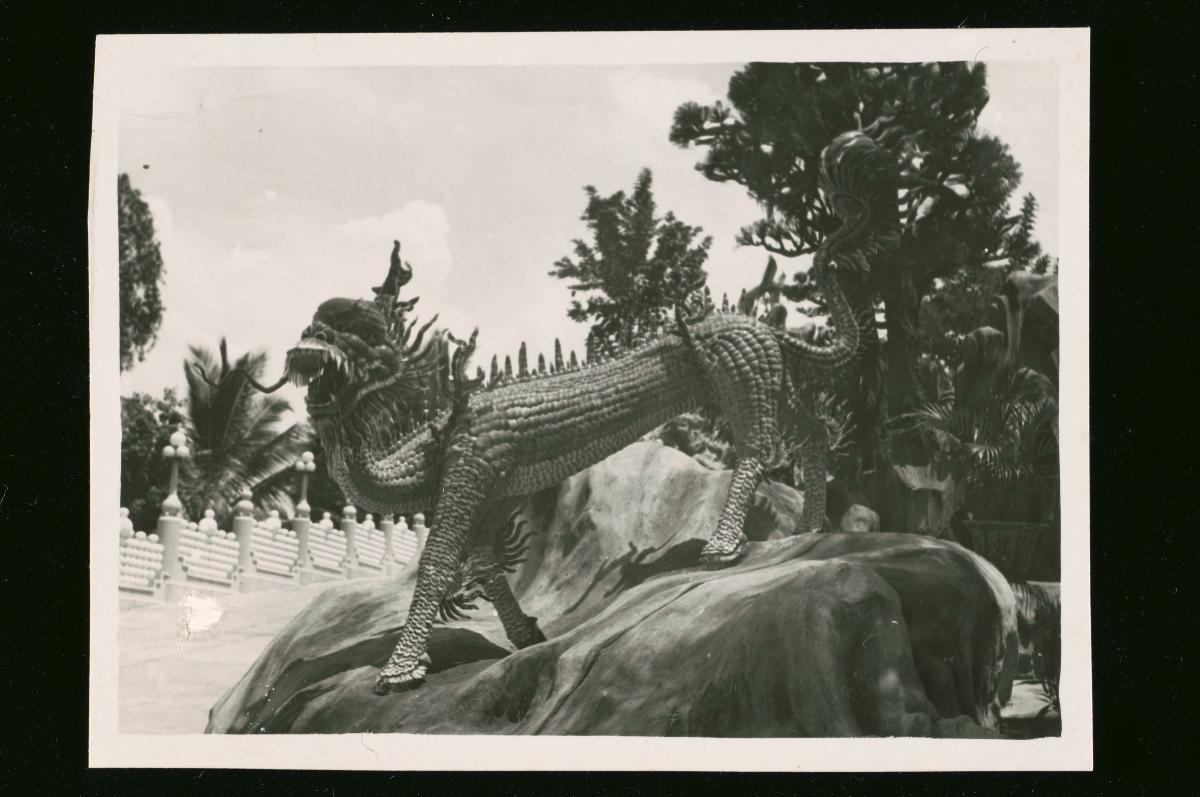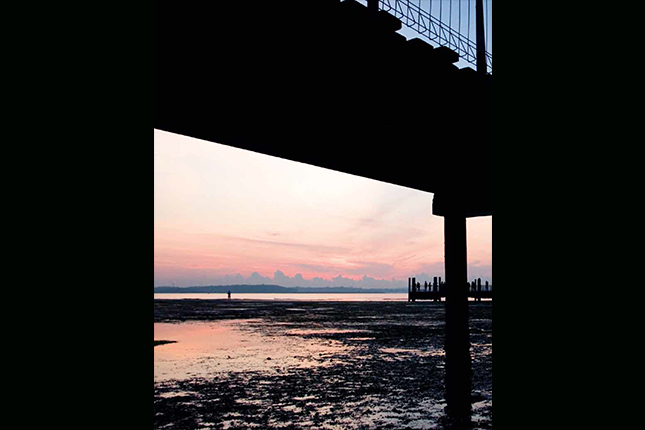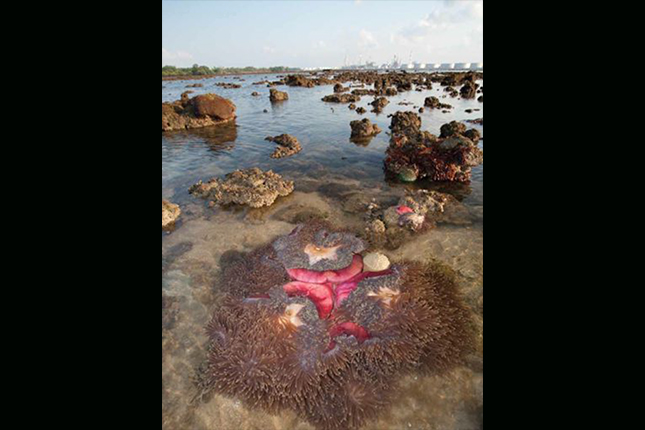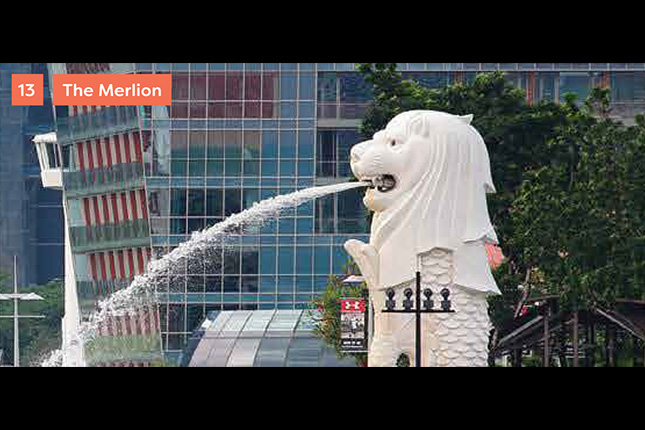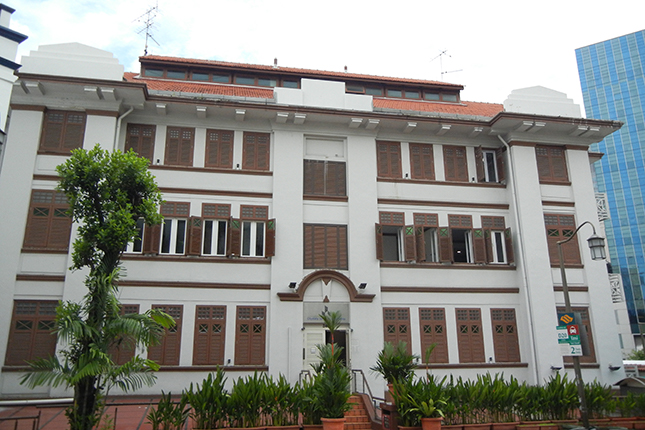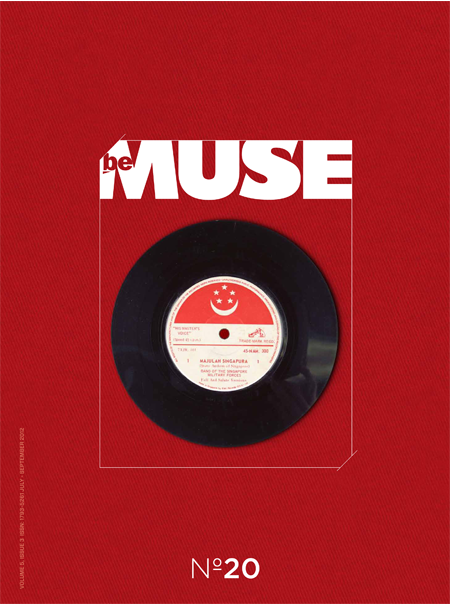Text by Marcus Ng
All photos by the author unless otherwise indicated
BeMuse Volume 4 Issue 3 - Jul to Sep 2011
With much of the island a sprawl of brick and steel, it can be easy to forget that Singapore is also home to many creatures that thrived long before man arrived and still survive in surprising numbers in the green lungs of the city. A mere remnant remains of the rainforests, mangroves and coral reefs that once enveloped the island and its coastal fringes with a landscape of trees, swamps and tidal flats. But what habitats exist today harbour a bewildering diversity of wildlife that make Singapore a hotspot for urban biodiversity and a treasure trove of discoveries for students of natural history.
The tiger and tapir are long gone from local jungles, but as of the time of writing in 2011, more than 50 species of mammals still share the island with man, having adapted to life in suburban niches or dwelling in the depths of the near-impenetrable forests. Some, like the Norway rat, are recent arrivals that colonised the island in the wake of vessels drawn to Raffles’ promising free port. Others, such as the plantain squirrel and long-tailed macaque, are commonly encountered residents of park edges that offer visitors an untamed counterpoint to manicured hedges.
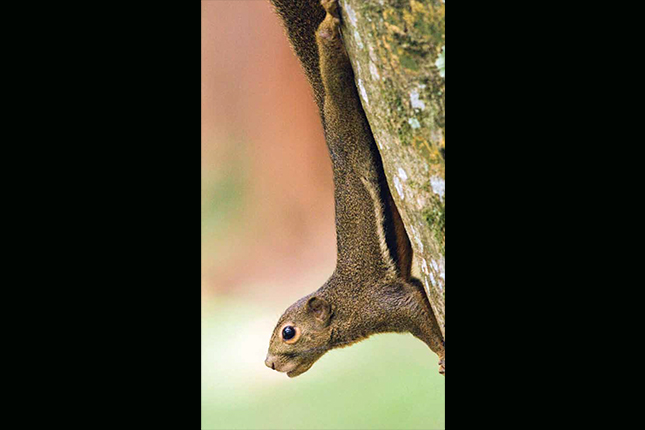
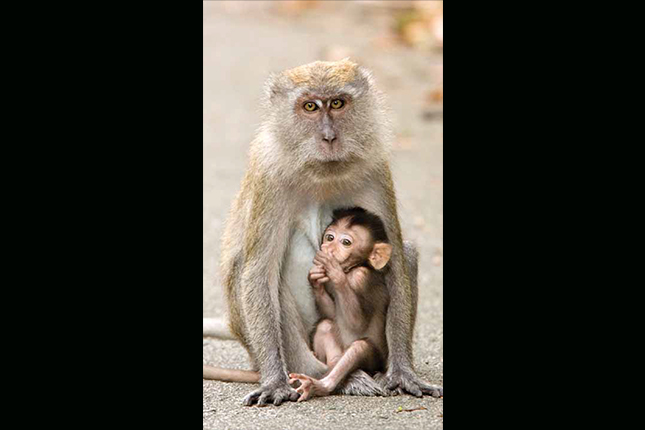
But many four-legged Singaporeans only cross paths with cityfolk when weekend warriors make inroads into protected zones such as Bukit Timah Nature Reserve, Sungei Buloh Wetland Reserve and the vast green heartlands that make up the Central Catchment Nature Reserve. Boardwalks and broad trails provide safe access to many corners of these refuges. But even a short walk under the dense canopy of an exuberant secondary forest can render the bright lights of the city a distant memory and lure the senses into a world where chirps, whistles, growls and warbles accompany those who keep their mouths shut and eyes (and ears) wide open for a glimpse of the forest’s elusive inhabitants.
WHAT LIVES IN THE WOODS
The nature reserves serve as the final strongholds of two notable natives: the banded leaf monkey and the cream-coloured giant squirrel. The former, a robust primate that subsists almost entirely on fruit and young leaves, once ranged all over the island, but now maintains a tenuous existence in the woods around MacRitchie and Lower Peirce Reservoirs.
Recent surveys have found higher numbers than earlier thought, but the population in 2011 of 40 or so individuals is still threatened by high infant mortality, disease and genetic bottlenecks. Compared to the monkeys, the giant squirrel is in far dire straits, with no sightings since 1995. If not already locally extinct, this cat-sized arboreal rodent, which was discovered and scientifically described by Raffles in 1821, faces a bleak future and may well join the bear-like binturong and the red muntjac or barking deer as a permanent victim of overhunting and habitat loss.
One large mammal that has made a comeback after a century of persecution by hunters is the Eurasian wild pig. Also known as the wild boar, populations of this sizeable beast have returned to suitable habitats such as the thick forests around Lower Peirce Reservoir and the woods adjoining Nanyang Technological University in the west of the island. Herds also roam Pulau Ubin, where they frequent the coastal forest of Chek Jawa Wetlands and often surprise visitors with sudden dashes across the paths. Zoologists suspect the current populations originated from animals from Malaysia which swam across the Johor Straits in the past decade. Lacking natural predators such as big cats to control their numbers, the ecological impact of these wild pigs is still unclear. They pose little threat to humans, though, if left alone should one come across a family by the forest trails.
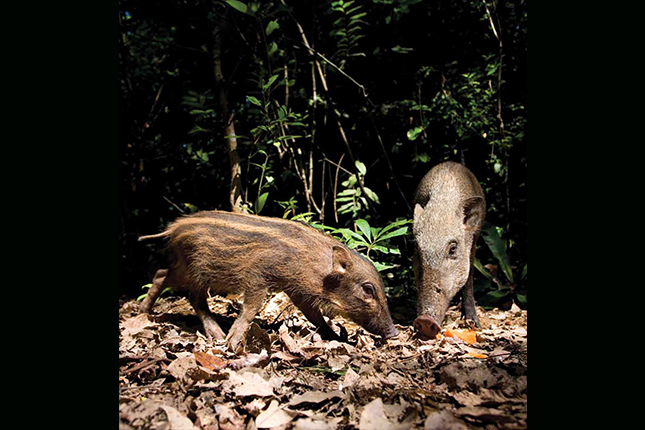
In recent decades, formal protection of Singapore’s remaining mangroves has led to the return of another mammal, the smooth otter. Reaching over a metre in length, this aquatic carnivore eats mainly fish and lives in the shelter of coastal mangroves and mudflats. Highly social and vocal creatures that communicate with sharp yelps, otters in pairs or small family groups have been seen in Sungei Buloh Wetland Reserve, Pasir Ris Park and Pulau Ubin. Although their habitats are largely protected, the species is still critically endangered in Singapore due to its small population. Abandoned nets left by illegal fishermen may also trap and drown the animals as they chase after prey in murky water. Sungei Buloh Wetland Reserve is probably the best place to catch sight of these endearing mammals as they nap by the riverbanks on warm afternoons.
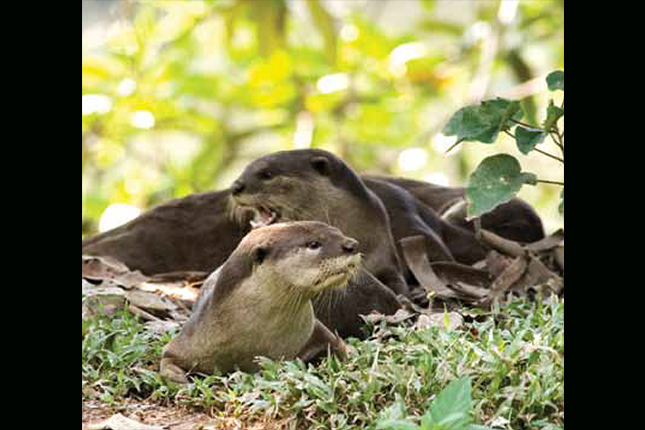
Residents of high-rise apartments close to the forests sometimes report seeing a strange creature clinging to trees or the wall of their facility. The culprit is likely to be a lost Sunda colugo, a shy mammal with broad skin membranes between its limbs that allow it to glide through the forest. Sometimes called the flying lemur, despite being unrelated to the Madagascan primates, the colugo occurs in healthy forests and is often spotted at Bukit Timah Nature Reserve and Bukit Batok Nature Park. Colugos feed on leaves at night and spend the day on large tree trunks, where their mottled colours and quiet disposition render them near-invisible to casual observers.
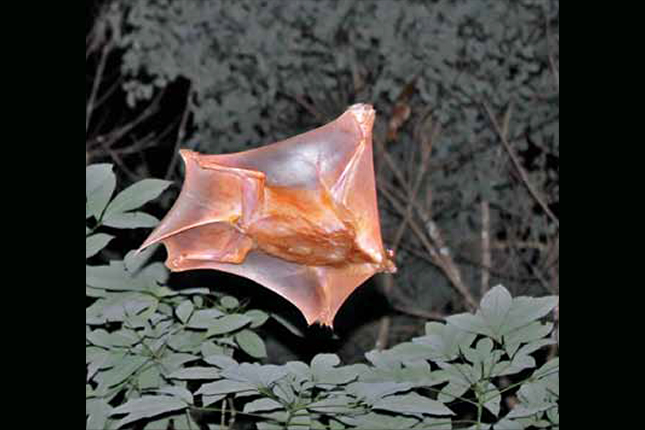
WINGED NATIVES AND WINTER MIGRANTS
Moving from fur to feathers, Singapore offers budding birdwatchers a wealth of colourful fowl if one is willing to look beyond the introduced mynahs, crows and sparrows that feed on urban refuse. But most of the 367 species on the national checklist will reward only twitchers (as keen spotters of rare birds are known) who leave their comfort zones and venture out to the forests, mangroves and coasts. One little red dot, however, can be easily seen at the heliconia groves of the Botanic Gardens. Voted Singapore’s national bird in a public poll by the Nature Society in 2002, the crimson sunbird is a hyperactive bundle of feathers that frequents the Gardens to feed on nectar. The male is resplendent in scarlet and electric blue, while the female is a duller blend of olive green and yellow. Sometimes mistaken for hummingbirds, which are found only in the Americas, sunbirds prefer to feed from a perch than hover.
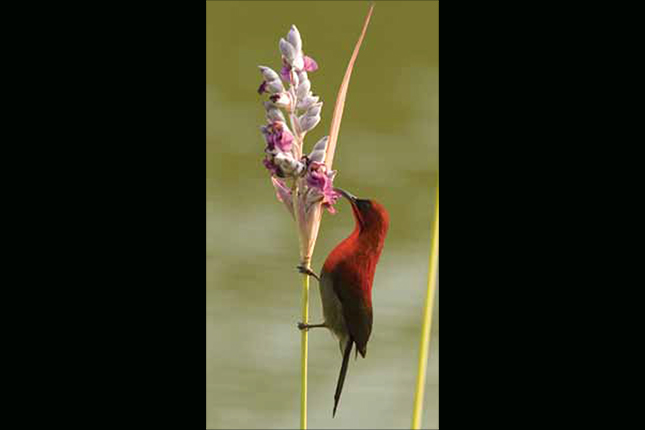
The otters’ avian counterparts are the kingfishers. Singapore is home to five resident species of kingfishers as well as three migrants that visit our shores during the winter months. With spear-like bills and the ability to dive into water to snare unsuspecting fish, these charismatic birds also feed on reptiles, insects and even other birds if the chance arises. A harsh, repeated cackle from the treetops is usually a sign that a collared kingfisher has just bagged a meal. The most abundant native kingfisher, this species is a smart white and blue and nests in tree holes. A much more colourful cousin is the blue and orange-brown stork-billed kingfisher, which can be seen at the Botanic Gardens, where individuals perch above the water to seek out aquatic prey.
Seagulls are scarce in Singapore waters, but their close relatives, the terns, are not uncommon along the island’s coastline. Clothed in white with webbed feet and slender beaks, these seabirds feed on small fish such as anchovies which they capture by diving from mid-air. One species, the black-naped tern, is probably familiar to Singaporeans who have used the Bird Series $1 currency notes issued between 1976 and 1984. Collected and described by Raffles, this graceful flier nests on isolated outcrops (Pedra Branca is one known nest site) but is threatened by predators such as herons and unscrupulous egg collectors.
WORLD BENEATH THE WAVES
The seas around Singapore, though appearing barren from afar, reveal their secrets when the tide is low enough to unveil an expanse of reefs and seagrass beds. This littoral wealth was noted by early travellers such as John Cameron, who wrote, as he sailed past Bukit Chermin at Telok Blangah, of “beautiful beds of coral, which in their variegated colours and fantastic shapes appear to vie with the scenery above.” Nearly 150 years after Cameron’s account, Singapore’s southern waters still host an incredible diversity of corals, with 255 reef-building species and many others in the shape of fans, whips, flowers and submarine trees. This amounts to nearly half as many coral species as Australia’s Great Barrier Reef in an area just less than 0.1% in size.
Seagrasses grow close to the reef flats and shelter fantastic creatures such as sea stars and seahorses. A family of marine plants that bear flowers and fruit, seagrasses are threatened by pollution and coastal development in many tropical regions. Singapore still harbours lush seagrass beds at areas such as Changi, Pulau Semakau, Cyrene Reef and Chek Jawa, a feature that offers possible lessons on how such habitats can thrive amid zones of high human impact. For seafood lovers, it is an issue that hits home, for these ecosystems provide valuable nurseries for prized creatures such as prawns, crabs, sea cucumbers and the young of many edible fish species.
Combining equine and piscine features with the breeding habits of a kangaroo, seahorses devour tiny crustaceans using a tube-shaped mouth and brood their young in a belly pouch, a task undertaken by the male. Though difficult to spot among the seagrass, these unique fishes are threatened by collection for use in traditional Chinese medicine. These slow-moving creatures share their home with sea stars, five-armed spiny animals that use rows of tube feet to move about and lack a head and eyes. One species, formerly common but now abundant only on offshore islands, burrows through loose sand and is often found in a pre-copulatory embrace, in which the male grips the female prior to reproduction. Another large local asteroid (the scientific term for sea stars) is known as the knobbly sea star. Reaching a foot in arm span, these armoured stars come in an array of colours from red to brown to blue to green. Found in seagrass beds and reef flats, knobbly sea stars are endangered by overharvesting for souvenirs or aquaria.
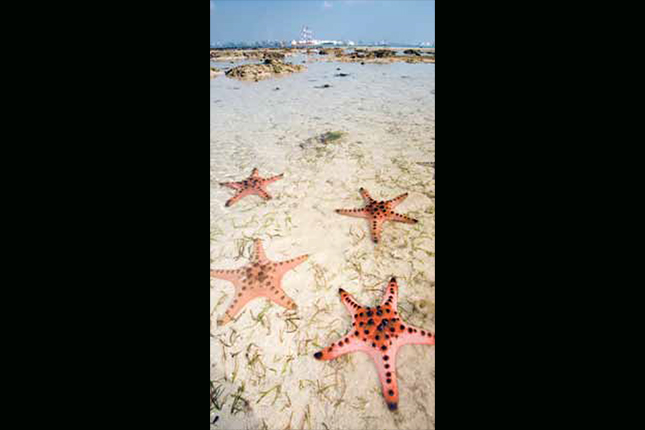
In the reefs proper, there is a veritable menagerie that few are aware of. For instance, Pulau Hantu, a small island facing the oil refineries of Pulau Bukom, offers divers and waders a chance to see exotic wildlife without having to go to sites such as Tioman or Bali. Surrounded by shallow reefs, the island is home to sea slugs, butterflyfishes, feather stars, sea turtles and many other marine creatures that surprise visitors who explore its waters. Further south, the offshore landfill of Semakau combines a solid waste disposal facility with healthy ecosystems where turtles, sharks and even dolphins have been spotted.
Here, too, are found living homes within a larger home. Carpet-like sea anemones live attached to sand or rock on the reefy fringes of many southern islands. A barrage of sticky tentacles awaits blundering fish and crabs, but some ocean inhabitants have managed to avoid the stings by coating their bodies with a thin layer of slime. Thus protected, tiny shrimp and gaudy anemonefish feed and frolic in the safety of deadly arms. With luck and a little love from fellow Singaporeans who are learning to appreciate the value of their natural heritage, these unassuming creatures will hopefully survive to nurse new generations, find new hosts and enjoy the delight of all who cherish and call this island home.
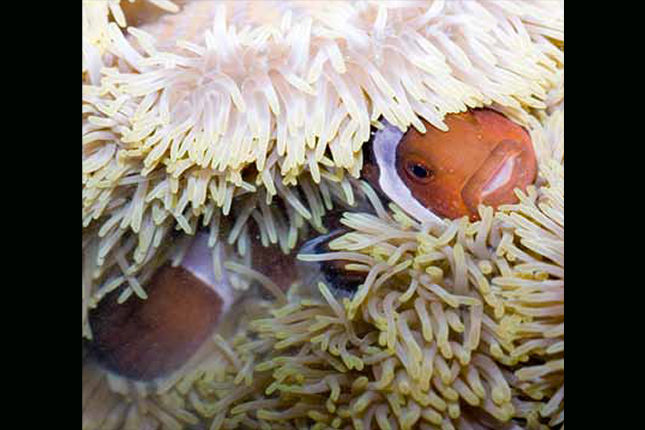
THOSE THAT SLITHER AND SING
Though not everybody’s cup of tea, reptiles and amphibians abound in Singapore’s forests. Many are cryptic and camouflaged, and so escape the notice of most people. The green crested lizard can be found in parks such as the Botanic Gardens, where it hunts insects among shrubs and low trees. In turn, it serves as prey for the oriental whip snake, a pretty serpent that blends perfectly with foliage. Mildly venomous but harmless to humans, this snake is an adept climber and gives birth to live young, which are coloured brown.
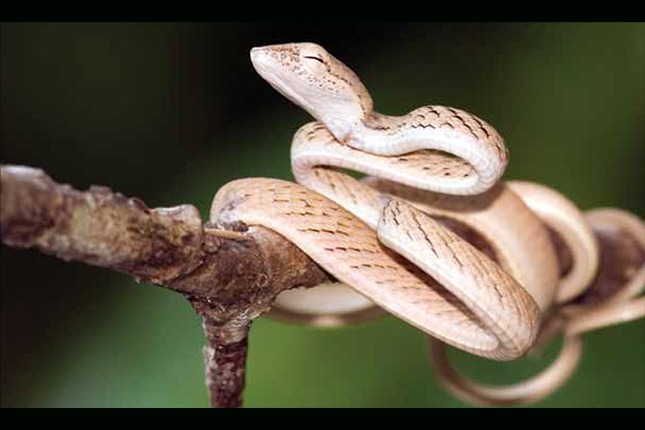
Reptiles enjoy basking in the sun, but frogs welcome wet days, when their mating calls resound from drains and other damp places. The banded bullfrog is a chubby insectivore with a croak that resembles the bellowing of cattle. Though common throughout the island, this pretty frog is believed to be an introduced species, though one that has not caused discernible harm to true natives. In contrast, the indigenous common greenback emits a bird-like warble and offers a soft chorus of echoes from ponds in city’s parks and rural marshes.

Want more information about visiting wildlife-rich places in Singapore? Visit the following websites:
Notes




